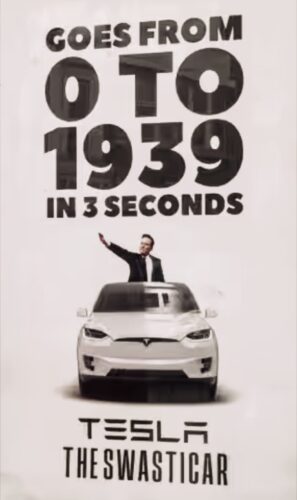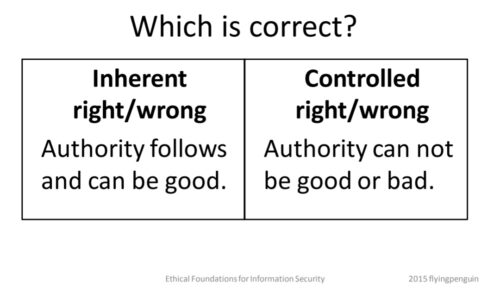Euro NCAP just put out a statement specifically warning consumers about Tesla’s door handle design as a safety hazard. This isn’t a weak-kneed American regulatory investigation that might take years, this is the European safety rating body publicly telling people the Tesla design is dangerous right now.
Tesla has been wrong this whole time, needlessly killing hundreds of people, yet here we are.
Tesla Deaths Total: 772
Tesla Autopilot Deaths Count: 65
The key points from their statement:
- Tesla hiding door handles with no easy mechanical backup are the problem. Euro NCAP is explicit: doors must be openable “at all times” including when there’s no electrical power. Tesla’s design fails this basic requirement.
- They’re calling out the interior release too. The electronic interior buttons also lack mechanical backup – meaning if the electrical system fails in a crash, occupants are trapped from both inside and outside.
- This affects safety ratings going forward. Euro NCAP is signaling that vehicles without mechanical backup releases won’t score well, which hits Tesla’s marketing directly.
Tesla is almost banned entirely in China. That country smelled fraud immediately, given its unique history, and figured out how to crack down on Elon Musk’s gross misbehavior without mentioning him or Tesla directly.
Note, for example, the 2011 Wenzhou high-speed rail collision that killed 40 people, 25 fewer than Tesla Autopilot. Railway Ministry officials who’d been caught taking bribes and cutting corners on safety systems were executed or given lengthy prison sentences.
The report, published last month on the Chinese government’s website, into the causes of the collision last year between two high-speed trains near Wenzhou has concluded design flaws and poor management were to blame for the fatal crash.
The new Chinese AV regulations thus literally took Tesla down bullet by bullet, removing all the fast and loose games their CEO was playing with road safety. Now Tesla also is losing its safety fraud loopholes in America and the EU:
- US (NHTSA): Formal investigation into 5.8 million vehicles, focused on documented failure incidents
- Europe (Euro NCAP): Public consumer warning calling the fundamental design architecture unsafe
The Euro NCAP statement is the sharper immediate blow because it’s not “we’re investigating if the President lets us” it’s “we’re telling consumers today Tesla is a threat to public safety.” That’s the kind of thing that, if nothing else, goes straight into insurance risk calculations and national healthcare modeling.
Tesla handles were obviously flawed from the start (based on mechanical engineering code of ethics), and then the company ignored a decade of people being unnecessarily killed by a death trap design.
Tesla has been sued over a brutal and fiery January 2023 crash in Washington state that ended with one person dead and another severely injured because first responders allegedly couldn’t open the Model 3’s doors. It’s the latest in a growing number of lawsuits Tesla is facing over the door handles — both inside and outside — on its vehicles.
Jeffery and Wendy Dennis, a married couple, were running errands on a Sunday afternoon when their car “suddenly and rapidly accelerated out of control,” according to the lawsuit filed in Washington state federal court. It then hit a utility pole and burst into flames. Wendy died at the scene…
The cynical and immoral company, riddled with fraud cases from “veered” fatal crashes, is now being called out explicitly by regulatory frameworks simultaneously on three continents.
And just to reiterate that none of this should have every happened, decades ago Mercedes had “hidden” door handles that were mechanical.

China treats lethal corner-cutting as a crime against the state; the US treats it as a cost of doing business that generates billions in settlements. Tesla obviously is betting that the American President will continue to protect them so they can kill more.


The Euro NCAP statement suggests Europe might be moving faster and closer to the “fraud is unacceptable” end of the business spectrum, for perhaps obvious reasons also from history, even if they’re not executing anyone, yet.

China ordered capital punishment for people causing over 40 deaths, Tesla has 65 Autopilot deaths and counting, no consequences. And that’s before we look at hundreds more burned alive by Tesla’s death trap Swastikar design.






